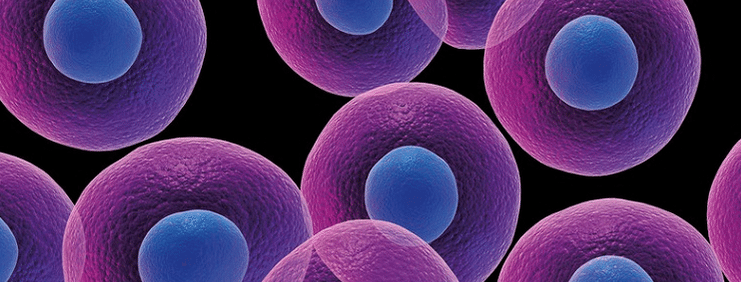Those of you that have been following Market Exclusive coverage over the last week or so will be fully aware that the predominance of our concerns have involved partnerships – and in particular – partnerships across the immuno oncology space. One company has stood out among the others as being particularly active, and that company has just announced a deal that will see it take yet another step into the space, and cement its position as one of the leading contenders going forward. On August 10, 2015, AstraZeneca PLC (NYSE:AZN) reported it had entered into a collaboration license agreement with Inovio Pharmaceuticals, Inc. (NASDAQ:INO) that will see the two team up on a range of cancer vaccine candidates – with a primary focus on the latter’s clinical-stage INO-3112 HPV cancer vaccine. Last week, across two immuno oncology deals, AstraZeneca (through its research and development arm MedImmune) earmarked just shy of $1 billion for allocation to the space over the next five years. The latest deal – which involves a 27.5 million up from payment and development and commercial milestone payments that could total up to $700 million – brings this figure to around $1.6 billion. So, with this said, what does the latest deal involve, and what might it mean for Inovio’s pipeline?
First, let’s look at some of the terms. As we mentioned, MedImmune will pay Inovio a $27.5 million upfront payment in return for access to the company’s lead candidate, INO-3112. MedImmune intends to put this treatment three trials in combination with certain (but as yet unstated) immunotherapy molecules from its own pipeline in HPV driven cancers.
So from a scientific perspective, what is involved? Well, it starts with one of Inovio’s pipeline treatments called VGX-3100. This treatment is a DNA immunotherapy candidate that targets cancers caused by the aforementioned human papillomavirus (HPV). There are two oncogenes of HPV called E6 and E7 (an oncogene is the scientific name for a gene that has the potential to mutate and cause cancer – in this instance in HPV cells). Upon administration, VGX-3100 elicits an immune response against these oncogenes, and theoretically as a result, can be used to treat cancers caused by HPV including cervical cancer. In July last year, the company announced positive phase 2 results for the treatment in a randomized cervical dysplasia trial. Phase 3 is expected to initiate during 2016. However, this is not the treatment AstraZeneca is focusing on. Instead, Astrazeneca is focusing on INO-3112, which is simply a combination VGX-3100 and interleukin-12 (IL-12), with the latter being a naturally produced interleukin (a scientific way for groups of molecules and signal proteins). IL-12 has a number of functions; one of the primary of these is the “differentiation” of naive T cells into Th1 cells. Simply, what this means is IL-12 turns dormant immune system cells into attacker cells. So, the theory is, by combining the two types of treatment, we will see an improved overall rate of efficacy in patients. So far, we’ve got preliminary data that look promising in a very small sample size, and a phase 2 study sponsored by the European Organization for Research and Treatment of Cancer (EORTC) expected to begin next year.
From an AstraZeneca perspective, the elements of its immuno oncology portfolio with which we will see INO-3112 combined and tested is not yet apparent, though the company has a very broad portfolio of potential candidates that – if they fall in line with the INO-3112 trial results – could benefit from enhancement by the IL-12 addition.
So what’s the takeaway here? Well, the biotech space has been in a bull market for the last five years, and a number of analysts are suggesting we are heading towards a bursting bubble and a downturn near-term. However, with companies such as AstraZeneca committing $1.5 billion plus across a matter of days to certain sectors of the industry, it looks as though the incumbent entities in the space disagree with these analysts. We can take two things away from this. Either that there is further upside potential in the biotech space, and a medium-term holding can benefit from this potential. Or, that the inelasticity of the pharmaceutical sector could favour mega-caps, and that even if we do get a wider market downturn, the risk-off assets in biotech such as AstraZeneca, Celgene Corporation (NASDAQ:CELG) and Gilead Sciences Inc. (NASDAQ:GILD) may offer a risk-mitigated exposure in an uncertain macro environment.
